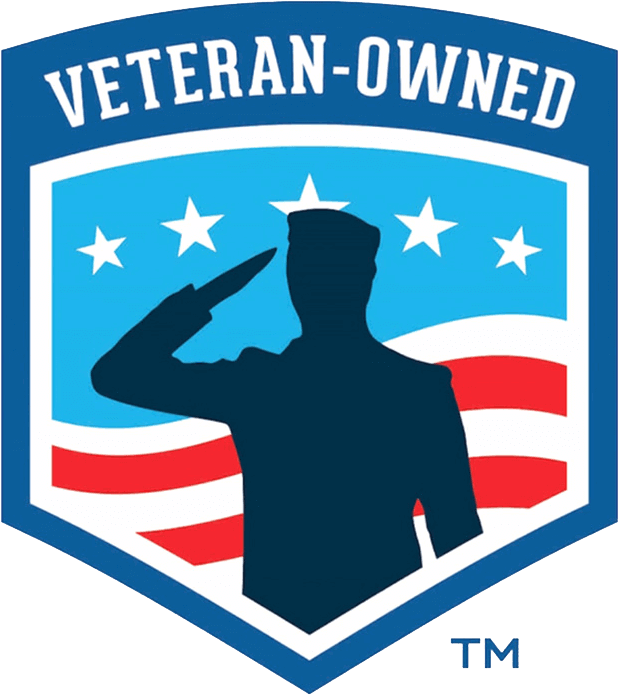In the first part, we talked about the basics of pre-trip inspection and the things you need to check if you’re assigned a new truck. Now, we’re going to delve deeper into the pre-trip inspection as well as the different parts of the trailer that you need to check.
The Class A Pre-Trip Inspection Process
Check both vehicle and trailer together, unless you have to bobtail to access the trailer.
Performing a full pre-trip, in the same way, each time is the greatest method to memorize it.
Although your method will differ from the others in appearance, if you are consistent, you will be less likely to overlook anything.
Ideally, it’s good to conduct an inspection every morning or whenever switching trailers.
Paperwork and Trailer
Look over the documents. When you get to your truck, it should be the first item you inspect.
Compare the trailer number to your documentation. Make sure the seal on your trailer matches as well.
Open trailer. If your trailer isn’t sealed, you should open it to make sure the merchandise matches the invoices. Open the trailer you are picking up to make sure it is truly empty.
Confirm where you’re going. Make sure the location matches what is listed on your load assignment or trip sheet. Call your dispatcher if there is an error.
Under the Hood of the Truck
After checking the front part of the truck, open the hood for further inspection.
Coolant, oil, power steering fluid, and windshield washer fluid levels should all be checked. Check to see that the dipstick is seated properly and that the caps on the radiator, oil filler, and power steering fluid are tight.
Make that the belts on the alternator, water pump, and power steering pump are not worn out or have too much slack.
Pay attention to the engine block. Look for fluid dripping from the engine’s side or leaks. Look for signs of wear, cracking, or fraying. Check fan belts for correct tension and wear indicators.
Hoses: Look for leaks, cracks, and tears in all of the hoses.
Check the wiring for wear.
Check for worn or missing pieces in the steering linkage.
Tires: Tires must have sufficient tread depth and correct inflation. The tire must be changed if it has any flat patches.
Hub Seal: Check to see if it isn’t leaking and, if it is, clean it down with oil.
Brakes: The brake chambers must not be crooked and must be grease-free. Shoes shouldn’t be overly worn out.
Pull the slack adjuster to adjust the slack. It needs to be corrected if it moves more than an inch.
Shocks in the suspension system need to be clean and free of grease or oil.

Back of the Truck
Check the truck’s back next because it’s simpler to do so before towing a trailer.
Tires: Your tires should have good wear and be properly inflated. The tires must be replaced if they have flat places.
Brakes: The brake chambers must not be crooked and must be grease-free. Shoes shouldn’t be overly worn out.
Shocks and airbags in the suspension system need to be clean and free of grease or oil.
Drive shaft – The driveshaft needs to be clean and free of grease. Check to see if the u-joints are free of debris.
Frame: The frame shouldn’t be welded, cracked, or noticeably rusty.
Fifth wheel: The fifth wheel needs to be well-greased and not damaged.
Tanks for fuel: Fuel tanks shouldn’t be leaking.
Stairs and catwalk – Stairs and catwalks must be in good condition and free of debris.
Tires
During a pre-trip inspection for truck drivers, a tire gauge should be used when checking the tires of a truck. Tire thumpers might be used; however, they are not as accurate as a tire gauge.
Drives and tandems need to be filled to a minimum of 100–110 psi and have 2/32-inch of the tread. The tread on steer tires needs to be no less than 4/32″ and they should be inflated to 110-120 psi.
Because they can’t hold enough air pressure, tires with less than 50 psi should be replaced.
In the winter, dragging tandems or attempting to slide the tandems might cause flat areas. Flat patches on tires should be repaired or replaced.
Inspect tires for damage, punctures, and nails.
In The Cab
Horn – Make that the air horns and city are both functional.
Heat and A/C – Make that the heater and/or air conditioner are in working order.
Mirrors – Before moving your truck, adjust your mirrors.
Gauge – Make sure the gauges for the water, oil, and air temperatures climb to the proper levels.
Seat Belt – The seat belt should be able to move and not worn out.
Windshield Wipers – Verify that they are functional and firmly affixed to the windshield.
Tug Testing
During a tug test, your coupling and brakes are put to the test. You’re not properly attached if you start to back away from your trailer.
Your trailer brakes need to be adjusted if you tow a trailer while doing so. Make careful you write it down and have it fixed before leaving.
Post-Trip Inspection
When switching trailers, doing a post-trip examination is a must.
A post-trip consists of:
- the landing gear being lowered
- taking away the airlines
- removing the hitch and inspecting the tires, lights, seal, and mudflaps all around the trailer
Please be aware that the FMCSA has set minimum standards for the inspection.
However, they may differ by state, trucking firm, truck type, and trailer type.
As a professional truck driver, it is your responsibility to do an exhaustive pre-trip examination before each journey and before you start driving.
You’ll spare yourself from hassles, penalties, and unneeded mishaps.
Learn more about truck driving safety tips and tricks by visiting our website.



